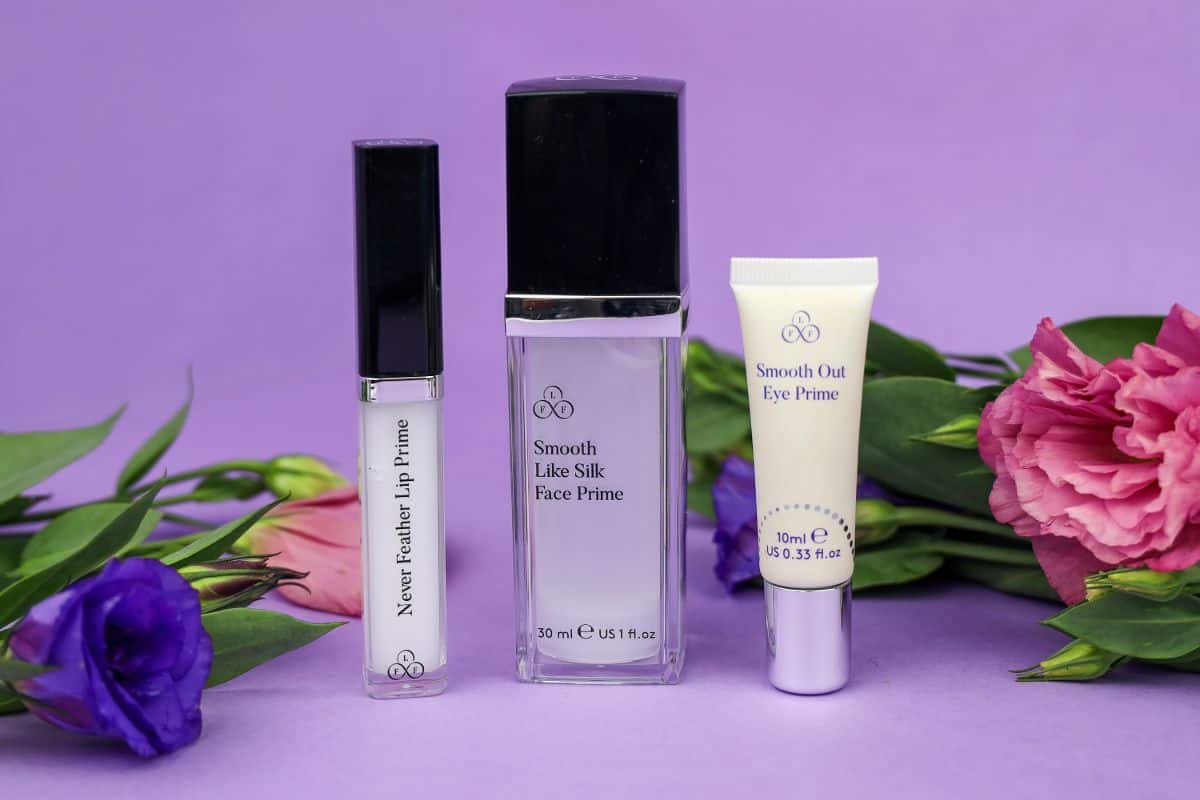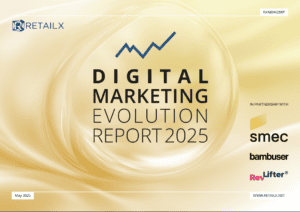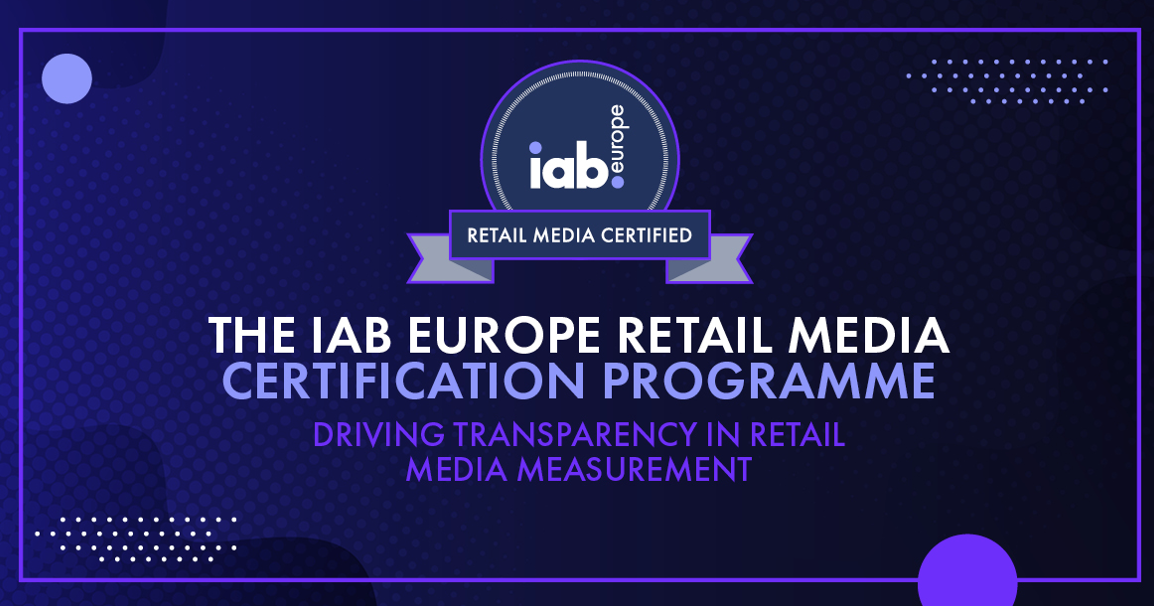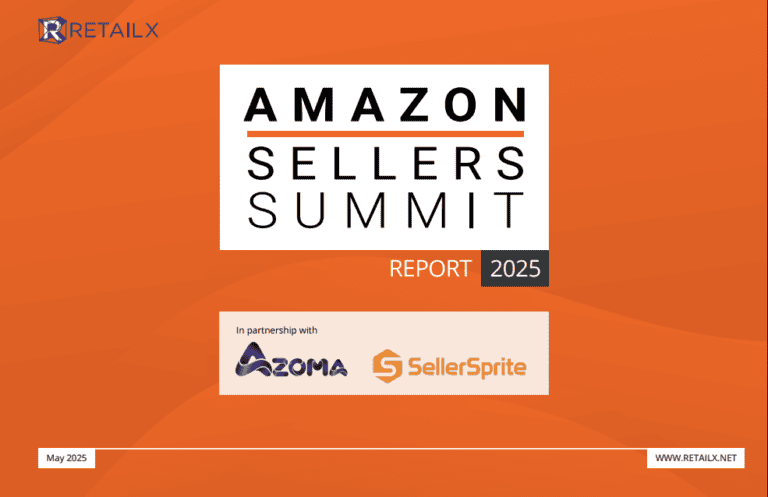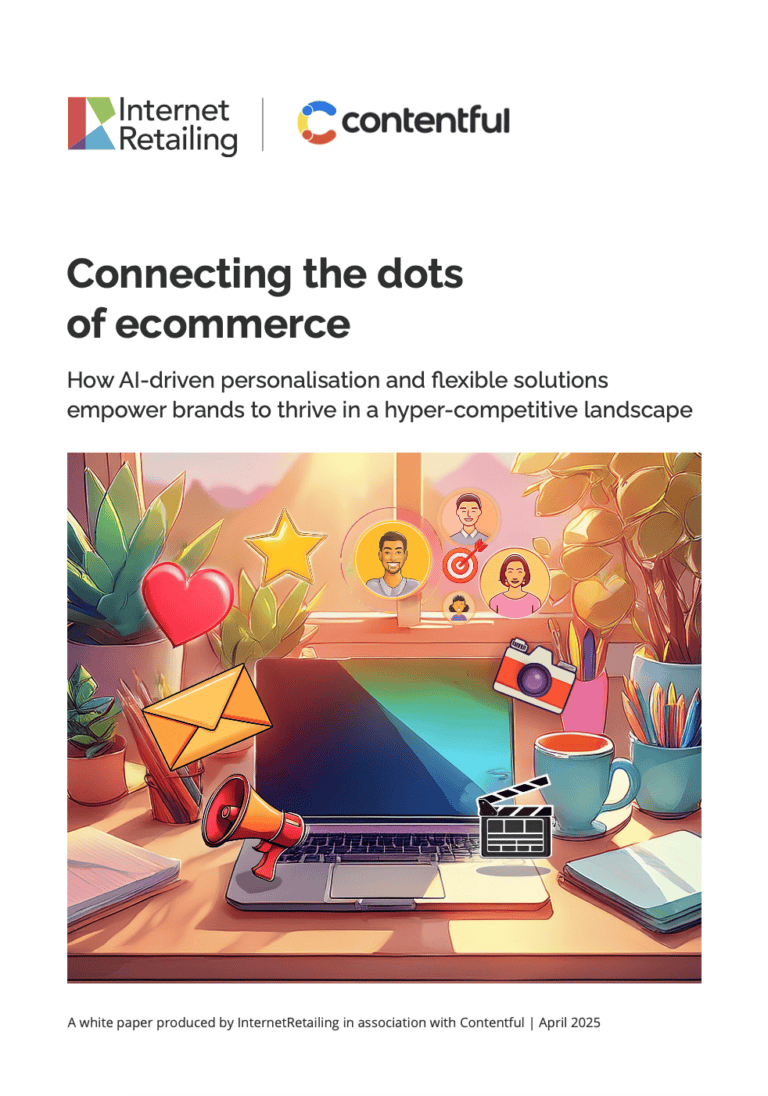Janis Thomas, managing director at Look Fabulous Forever, tells RetailX how the direct-to-beauty consumer brand reaches its customers.
Despite the infinite choice available online, there are still groups that have trouble finding goods and services that cater to their needs. Older women, despite their buying power, often encounter this issue. “And by older women, I don’t just mean what the rest of the beauty industry thinks they are, which is literally someone over 25,” says Janis Thomas, managing director at Look Fabulous Forever.
The direct-to-consumer makeup and beauty brand began life in 2013 when founder Tricia Cusden, then aged 65, struggled to find products that worked well for her skin.
Take a product such as blusher, says Thomas. Typically, you can choose between a cream blush or a powder blush. But as you get older, a cream blush will look amazing in the morning yet be absorbed by your skin by lunchtime. A powder blush, on the other hand, can sit in the fine lines of older skin. “Our blusher is designed as a cream-to-powder formula, so it goes on smoothly as a cream but then it dries as a powder, so the colour sits in your skin and stays vibrant all day,” explains Thomas.
As the above example illustrates, Look Fabulous Forever’s offering is based on having products that are specific to women in their 60s, 70s and 80s. But how do you go about marketing to this demographic? The first thing, perhaps, is to check any preconceptions about a lack of digital skills.
“We’ve talked to our customers at length about digital technology and how they use it,” Thomas says. “Typically, 40% of them say they do all, or most of their shopping online. I think the stat is over 80% use online banking, and 80%-plus use streaming services. It’s a much more digitally savvy audience than younger people assume.”
That’s especially true of women in their 60s and 70s. These women, Thomas points out, were often “leading the charge” in their professional lives when computerisation came in. “Probably their boss didn’t want to learn how to use the computer system and they were the ones who did it,” she adds, noting that a majority of women over 50 – 90% and more, depending on which figures you quote – control “household purchasing decisions”.
Despite this, many Boomer women are badly served by younger people’s perception of them. “When I say my core customer is a woman in her 70s, the vision people have in their head is of a grey-haired granny and a grey cardigan,” Thomas says. “No, this is the generation of The Beatles, Mary Quant and the mini-skirt. They are colourful, vibrant women with rich lives. They want to buy luxury travel, fashion and homewares but instead, their social feeds are filled with Stannah Stairlifts and incontinence pants.”
While Look Fabulous Forever’s customers understandably don’t want to be reminded constantly about the ageing process, they do react to more positive messaging. Look Fabulous Forever, Thomas says, is an “incredibly content-led” company for the simple reason that this approach works. Swap the stereotypes with showing this demographic “visually in an accurate, aspirational way” and “the engagement is off the charts”.
This doesn’t, incidentally, mean being overly aspirational. “Helen Mirren looks amazing because she’s Helen Mirren,” Thomas says. It’s far better to have content fronted by women who look like Look Fabulous Forever’s customers. YouTube videos fronted by Tricia Cusden have been a big part ofdriving the company’s success.
Getting into specifics, Look Fabulous Forever’s customers typically find their way to the company via Google search, often because they’re trying to find a solution to a specific problem, for example, the way lipstick can bleed into fine facial lines as women get older. “And then you would typically find organic content from us, whether that’s a landing page or video content on YouTube,” Thomas says.
In an era when “Google’s search strategy is all about useful and helpful content”, there are clear advantages to this approach. Look Fabulous Forever benefits too when it finds “brands who are in concert with what we’re trying to do” because this helps create an ecosystem of businesses that understands its customers.
“So much of what we do is about building trust,” Thomas says. “That actually is part of the reason why we’re so generous with all this content. We don’t initially care whether you buy our products or not. We want you to trust us, since that really pays off for us financially. While we have quite a long journey to purchase with lots of touchpoints and lots of helpful content, typically more than half of our customers come back and make a second purchase. If we get them past that second purchase point, on average, they go on to buy from us at least seven times.”
The company also uses paid search but again, content is to the fore. “Text-based or product-based shopping ads don’t really work for us,” Thomas says.
It may be a slow process but once Look Fabulous Forever’s customers trust the brand, there’s another upside: the company is able to ask these women about their lives. Here, says Thomas, it may be an advantage for people within the business not to be of the same demographic.
“It’s very easy for us to think that my customer is like me,” Thomas says. “Actually, I think we’re quite lucky here. Knowing that our customer typically isn’t like us makes us rely more on talking to our customers and asking them questions. And, you know, we have a community, so we’ve got insights into our customers’ lives beyond their relationship with us. I think not being your customer and thinking about your customer more broadly is incredibly powerful for growing a business.”
To look at that another way, there are lessons here for all businesses in not assuming the company knows best, but instead taking the time to find out what customers themselves think.
This interview first appeared in the brand new report Digital Marketing Evolution 2025. It was launched at RetailX Event’s Spring Festival in May.
It explores how marketers can continue to build meaningful relationships with customers despite changes in legislation. At the same time, consumers hold unprecedented power, not only because of price transparency enabled by digital tools, but also due to their influence on social media, which can make or break the reputation of brands and retailers in an instant.
Stay informed
Our editor carefully curates two newsletters a week filled with up-to-date news, analysis and research, click here to subscribe to the FREE newsletter sent straight to your inbox and why not follow us on LinkedIn to receive the latest updates on our research and analysis.
